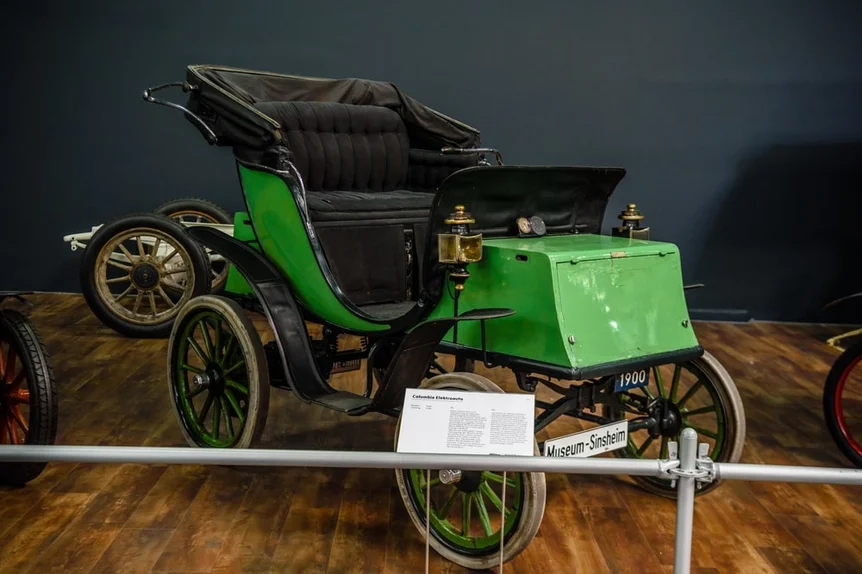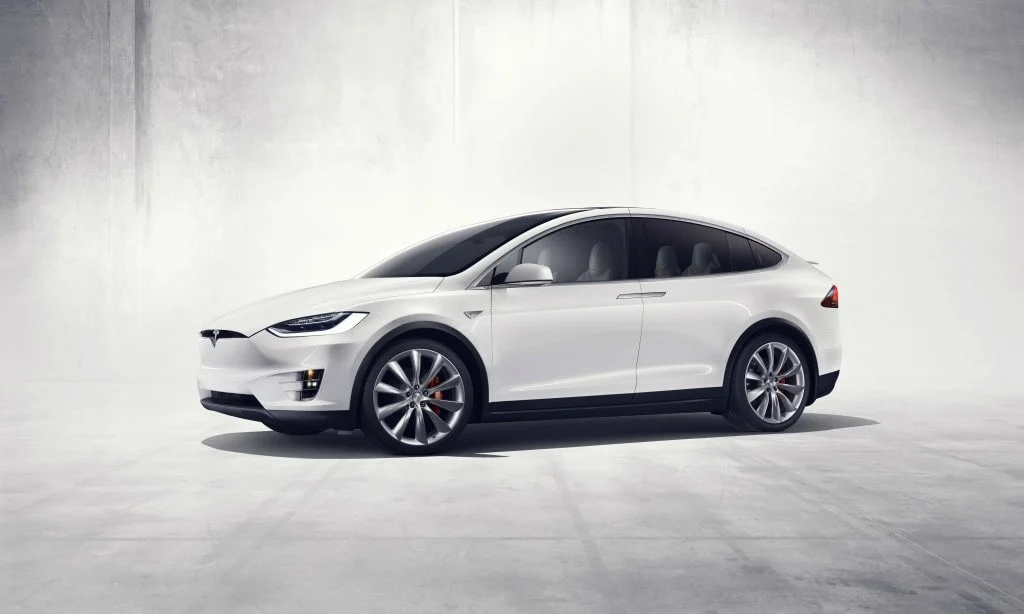
The surprisingly long history of electric cars
While electric vehicles (EVs) have only recently started to challenge the dominance of internal combustion engines, their history stretches back over a century. This journey has been full of twists, including periods of rapid growth, decline, and resurgence.
At the turn of the 20th century, there were actually more electric cars on the road than gasoline-powered ones. However, this changed when Ford’s assembly line made gas-powered cars more affordable and accessible. Despite this, electric cars continued to play a role in the automotive landscape, especially in urban areas where electricity was more readily available.
Interest in electric mobility resurfaced in the 1970s due to oil crises and environmental concerns. By the early 2000s, companies like Tesla and Nissan began making significant strides in developing more practical and affordable electric vehicles. Today, electric cars are not just a niche product—they are becoming the norm, driven by innovation, policy changes, and shifting consumer preferences.
Electric car history timeline
The evolution of electric vehicles can be broken down into several distinct eras: the early pioneers of electric mobility (1830-1880), the transition to motorized transport (1880-1914), the rise of the internal combustion engine (1914-1970), the return of electric vehicles (1970-2003), the electric revolution (2003-2020), and the tipping point (2021 onwards).
First electric cars (1830-1880)
During the early 1800s, inventors across Europe and the United States began experimenting with electric vehicles. These early models were mostly prototypes, limited by low speed, short range, and cumbersome steering. However, they laid the foundation for future developments in electric mobility.

When was the first electric car made?
The earliest known electric vehicles date back to the 1830s. While there is some debate about who created the very first one, Robert Anderson of Britain is often credited with building a small-scale electric carriage around 1835. This vehicle used a disposable battery and could reach speeds of up to 12 km/h.
Who made the first electric car?
Several inventors contributed to the development of early electric vehicles. Among them were Ãnyos Jedlik in Hungary, Sibrandus Stratingh in the Netherlands, Thomas Davenport in the U.S., and Gaston Plante, who invented the first rechargeable lead-acid battery. William Morrison later built the first practical electric car in the late 1880s, which could carry up to 12 people and reach speeds of 32 km/h.
What was the first electric car?
William Morrison's electric carriage, built in Des Moines, Iowa, is considered the first practical electric vehicle. It was a modified horse-drawn Surrey that used batteries for power, marking a major step forward in electric mobility.
The transition to motorized transport (1880-1914)
By the early 1900s, the automobile industry was booming, and electric, steam, and gasoline-powered vehicles competed for market share. At the time, electric cars had a strong presence, especially in urban areas where electricity was more accessible. However, the convenience and affordability of gasoline-powered cars eventually led to their dominance.

Who invented the internal combustion engine?
Gottlieb Daimler and Carl Benz are widely credited with inventing the first internal combustion engine vehicles in 1886. Their designs laid the groundwork for the modern gasoline-powered car, which would dominate the market for decades.
When did hybrid cars come out?
Hybrid vehicles began to appear in the early 20th century. One of the earliest examples was the Lohner-Porsche, developed by Ferdinand Porsche in 1901. Although not mass-produced, it showcased the potential of combining electric and gasoline power for improved efficiency and performance.
The rise of the internal combustion engine (1914-1970)
As gasoline became more widely available and cheaper, electric vehicles gradually lost ground. The introduction of the Ford Model T in 1908 marked a turning point, as it made gasoline-powered cars more affordable for the average consumer. By the mid-1930s, electric vehicles had nearly disappeared from the market.

The return of electric vehicles (1970-2003)
Interest in electric vehicles resurged during the 1970s, driven by oil crises and growing awareness of environmental issues. Automakers like General Motors and NASA began exploring alternatives, leading to the development of new electric models. However, these vehicles still faced challenges such as limited range and high costs.
The launch of the Toyota Prius in 1997 marked a major milestone for hybrid vehicles, paving the way for the broader acceptance of electric and hybrid technologies. Despite this progress, electric vehicles remained a niche market until the early 2000s.
Going electric (2003-2020)
The early 2000s saw a significant shift in the automotive industry. Entrepreneurs like Martin Eberhard and Marc Tarpenning founded Tesla Motors, aiming to produce high-performance electric vehicles. The company's first model, the Roadster, launched in 2008 and demonstrated the potential of lithium-ion battery technology.

The success of Tesla inspired other automakers to invest in electric vehicles. In 2010, Nissan introduced the Leaf, a mass-market electric car that quickly gained popularity. Over the next decade, advancements in battery technology and charging infrastructure helped make electric vehicles more practical and affordable for everyday consumers.
The tipping point of EV growth (2021 and beyond)
Electric vehicles have reached a critical juncture, with global sales surpassing 10 million in 2022. Countries like Norway have already achieved high levels of EV adoption, with over 80% of new car sales being electric. Governments worldwide are also setting ambitious targets to phase out internal combustion engines, further accelerating the transition to electric mobility.

Looking ahead, the future of electric mobility appears bright. With continued investment in charging infrastructure, supportive government policies, and increasing consumer demand, electric vehicles are set to become the dominant form of transportation in the coming years.

The future of electric cars
As we look to the future, electric vehicles are poised to play a central role in the global shift toward sustainability. With ongoing technological advancements, expanding charging networks, and growing public support, the transition to electric mobility is well underway.
The International Energy Agency predicts that the number of electric vehicles on the road will grow significantly in the coming years, reaching over 240 million by 2030. This growth is being driven by both government initiatives and private sector innovation, ensuring that electric vehicles remain at the forefront of the automotive industry.
Whether you're an individual driver, a business owner, or a policymaker, the future of transportation is clearly heading in the direction of electric mobility. As more people embrace this change, the benefits of cleaner air, reduced emissions, and lower operating costs will become increasingly evident.






